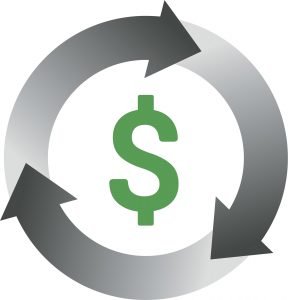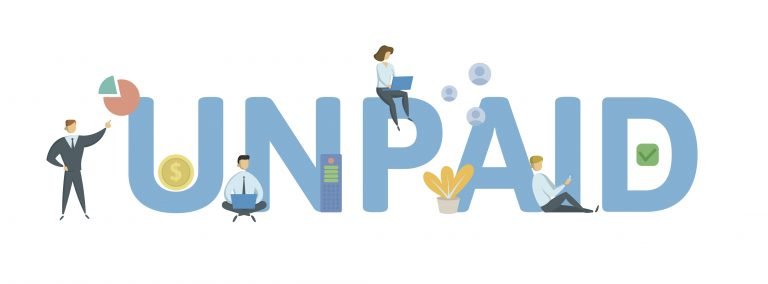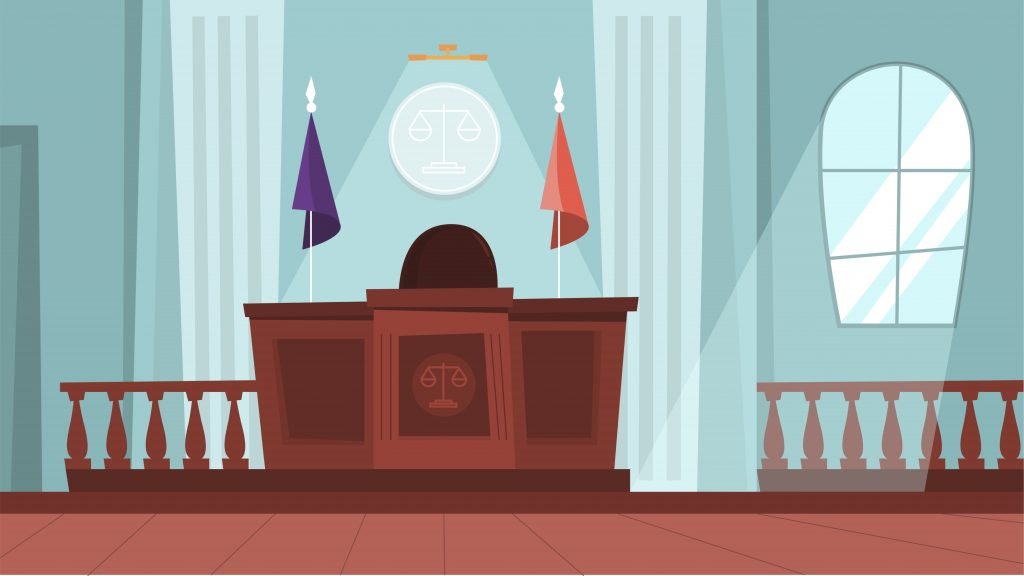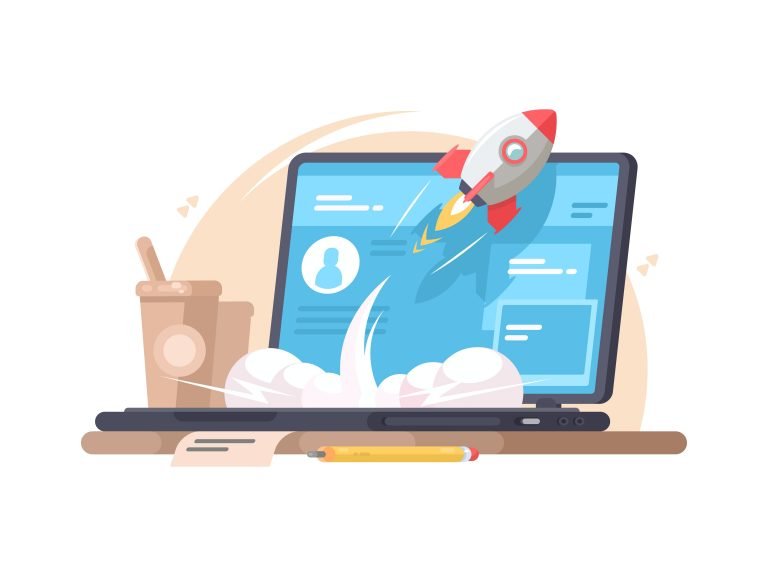Key Takeaways
- Freelancing can be risky business without the right safeguards in place
- On the plus side, the majority of freelancers report not having any payment issues with clients
- Here are ways for freelancers to ensure they get paid
When you can’t get paid upfront for your work, there are things you can put in place to make sure you’re not accidentally doing pro bono work. Of course, this is a hot topic for freelancers.
Anecdotally, a few freelancers that have billed more than $1M as consultants were asked how often a client skipped out on payment. Most said it’s happened to them at one point, but in hindsight, they should have seen it coming. They also said that the experience helped them better understand how to qualify clients and ensure payment. Today, it almost never happens to them. Here’s what they suggest.
Do these 5 things at the start of the client engagement
To get started on the right foot, make sure you do the following before you go to work for the client.
If the business is literally in a garage or basement, the founders don’t have a track record, and you’re relying on their personal checks for payment, you’re setting yourself up for financial hardship.
2. Find out the company's payment cycle for freelancers
Most companies work on a 30-day cycle but don’t assume anything, so ask.
Every once in a while you’ll come across a client with an extended payment cycle. Instead of the traditional 30-days, they’ll have a 45-day or 60-day cycle.
If you can’t work under this type of arrangement or get them to make an exception, consider if you can afford to keep the business.

3. Don't start work until you have a signed contract in place
While most freelancers would agree that they wouldn’t start working without a signed contract, it can happen. Read this post on how to address it.
4. Ask for incremental payments
If you’re working on a short-term project, ask for one third or one half of the payment at the start. Once one third of the assignment is complete, ask for the second of three payments. If you’re working on a two payment contract, get half at the start and then send the final invoice when the job is complete. Be careful not to hand over the final documents until you have payment.
For retainers, you can ask to submit an invoice in advance of the month’s activities. Some clients will allow this, and some will ask you to wait until the month is completed. You can find a happy medium by asking for half of the payment up front for the first month and then move into a monthly payment schedule.
5. Include an IRS W9 form with your first invoice
This makes it easier for the accounts payable team to get you into the system and expedite payment.
Dealing with late payments
If a client is late with a payment, don’t assume the worst. You can decide how long an invoice is past due before nudging the client, but most freelancers don’t let it go beyond seven days while others give it 10 or 15 days. Oftentimes, a polite note or live conversation asking if the invoice was lost or if accounting was backed up will trigger the payment.

One way to avoid this situation is to ask your client for an introduction to the accounts payable department and/or their email address and if it’s okay to copy them on invoices. This can be a significant time saver, especially if your client is super busy and doesn’t have a lot of time to focus on admin.
When you’re on your second reminder for a past due payment, carefully outline the impact of the situation. Send an email that informs the client the payment is XX days past due and that you will need confirmation of pending payment in order to continue working beyond XX date. If that deadline comes and you’re still not paid, you need to be firm that all work is on hold until the invoices are up to date. This includes a written notice and the potential impact on existing projects. For example, you don’t want to be called out later for missing a deadline that passed while you were waiting for payment.
If a client is consistently late on payments, you can decide to accept the situation or look to alter the terms of payment to ensure you’re paid in advance of doing any work.

When your client refuses to pay
If you’ve done all that you can to get the client to settle the invoice(s) and they still refuse to pay, you need to take stronger actions. Before you do this, find out why they’re holding your payment.
If they’re not satisfied with your work, you should have been alerted to this immediately, not after the fact. Remind them of the terms of the contract and if they still refuse to pay, you need to go above your day-to-day client contact to senior leader(s) in the organization.
Collections agencies and small claims court
You can turn the situation over to a collections agency but be prepared to pay them a percentage of what they collect.
As a last resort, small claims court is always an option. It’s a hassle, but it can be a way to resolve the issue without requiring a lawyer. Of note, if you do file in small claims court and the client doesn’t show up, you win by default. Many times, the fear of being notified to appear in small claims court is enough to inspire the client to pay.

In general, clients aren’t out to take advantage of freelancers. A bad apple does fall into the cart every once in a while, but if you’ve taken the steps to fully vet them before you start working together and set up the right foundation for on-time payments, you’re not likely to find yourself chasing down invoices.



